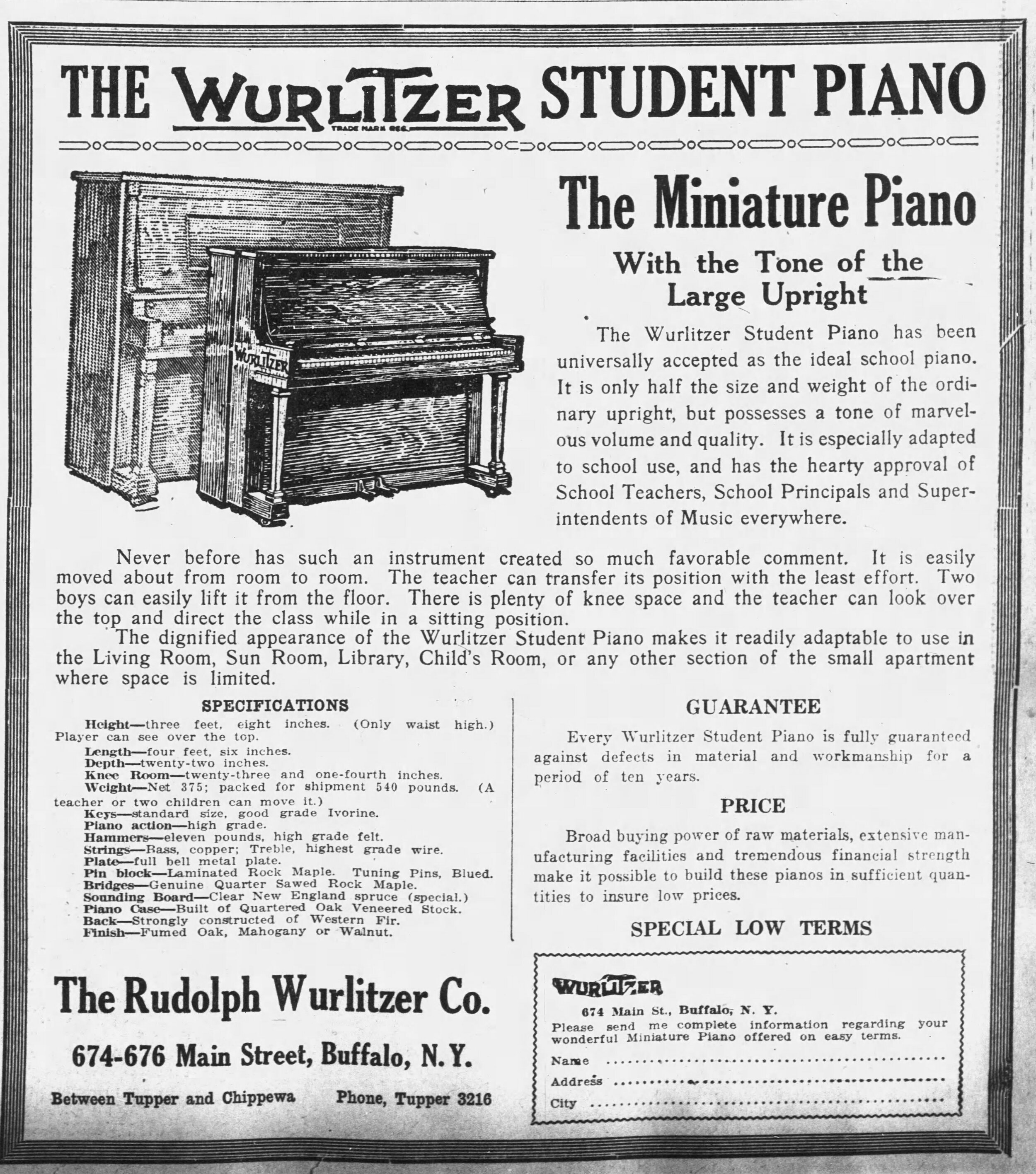
There’s nothing wrong with this - as long as a young student is not saddled with it. In some instances, buyers fascinated by old uprights see them as an opportunity to tinker with and learn something about pianos. Many buyers will purchase an old upright with the idea that it might have antique value, then quickly find out that it doesn’t. Old uprights - These are usually 48″ to 60″ high and somewhere around 100 years old. Most reputable piano dealers offer month-to-month rental programs.Īlthough good and bad pianos have been made in every decade, and every used piano must be evaluated on its own merits, certain decades or categories of piano frequently found in today’s used-piano market should raise red flags: If you’re concerned about a child’s continuing interest, I suggest renting a new instrument now, with an option to purchase it later. If an older piano is chosen, it should be one that was of good quality to begin with, and has been restored to like-new condition. And with a young talented student, moving up to a quality grand is never a mistake. And when you include other factors - the costs of moving, tuning, and repairs an older piano’s shorter remaining life lack of warranty protection the need to hire experts to make repeated trips to evaluate the conditions of various older pianos - a new or more recently made instrument may start to look like a bargain in the long run.įor these reasons, I would encourage the financially able family to look at good-quality new pianos, or better used pianos no more than 15 years old. No amount of practice on such an instrument can overcome its shortcomings. When a piano’s action can’t be regulated to the correct touch, or its strings tuned to a harmonious sound, the student, unable to duplicate what was taught in a lesson, will become frustrated and discouraged, and will lose interest. Students don’t have enough experience to distinguish between a bad piano and their own lack of ability.


In many cases a piano that is too old, too small, or simply not good enough will soon become useless to the student. However, a bad purchasing decision at this point in a student’s learning tends to be a self-fulfilling prophecy. This piano will be restored to like-new condition inside and out. Computerized player mechanisms can be installed in this piano if desired, allowing the piano to play wirelessly from an iPad, computer or smartphone.Parents may not want to invest a lot of money in a piano - after all, the child may lose interest - so an older, cheaper piano may seem the logical place to start. The color is light enough that a buyer can choose virtually any color or shade for the finish. The piano is made of beautiful walnut wood and is of the Traditional spade-leg style. Wood is what resonates to make a piano’s tone quality. A vintage baby grand piano like this one is made of top quality REAL wood, no plastic or particle board. We see these cheap new pianos suffering severe deterioration after only a few years due to the lack of quality materials and workmanship. You get pressed board cabinets, plastic action parts, acrylic veneer, and green unseasoned wood. You can buy a new Asian imported baby grand piano for well under $10,000, but you get what you pay for. Modern manufacturers count on people buying small pianos for aesthetics rather than for function, so they are able to make small new pianos of lesser quality that sell. Today, modern piano manufacturers tend to put their better quality, materials, and workmanship in their larger, more expensive pianos. This classic baby grand piano was built by the famous Rudolph Wurlitzer Piano Company during the “Golden Age” of American piano building.


 0 kommentar(er)
0 kommentar(er)
